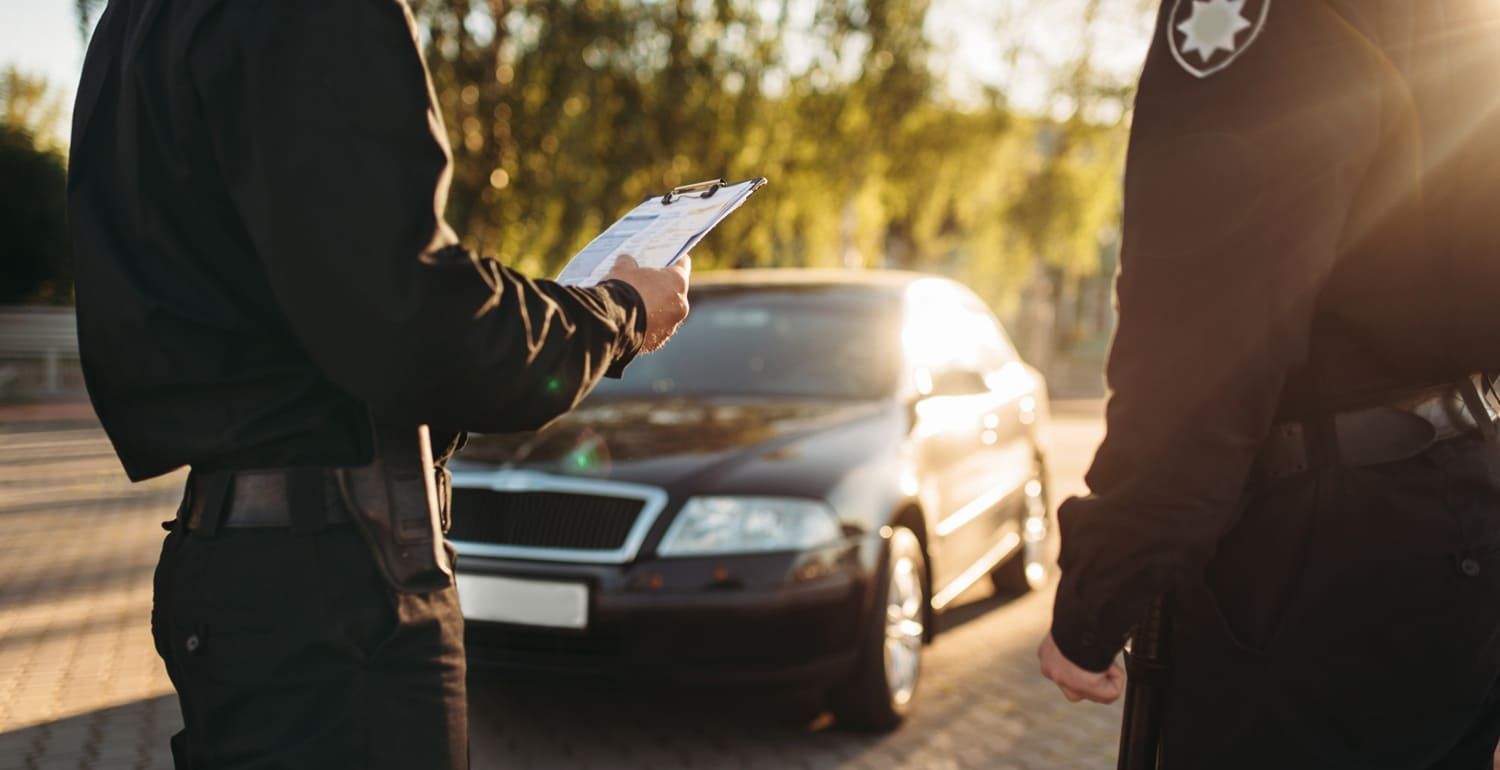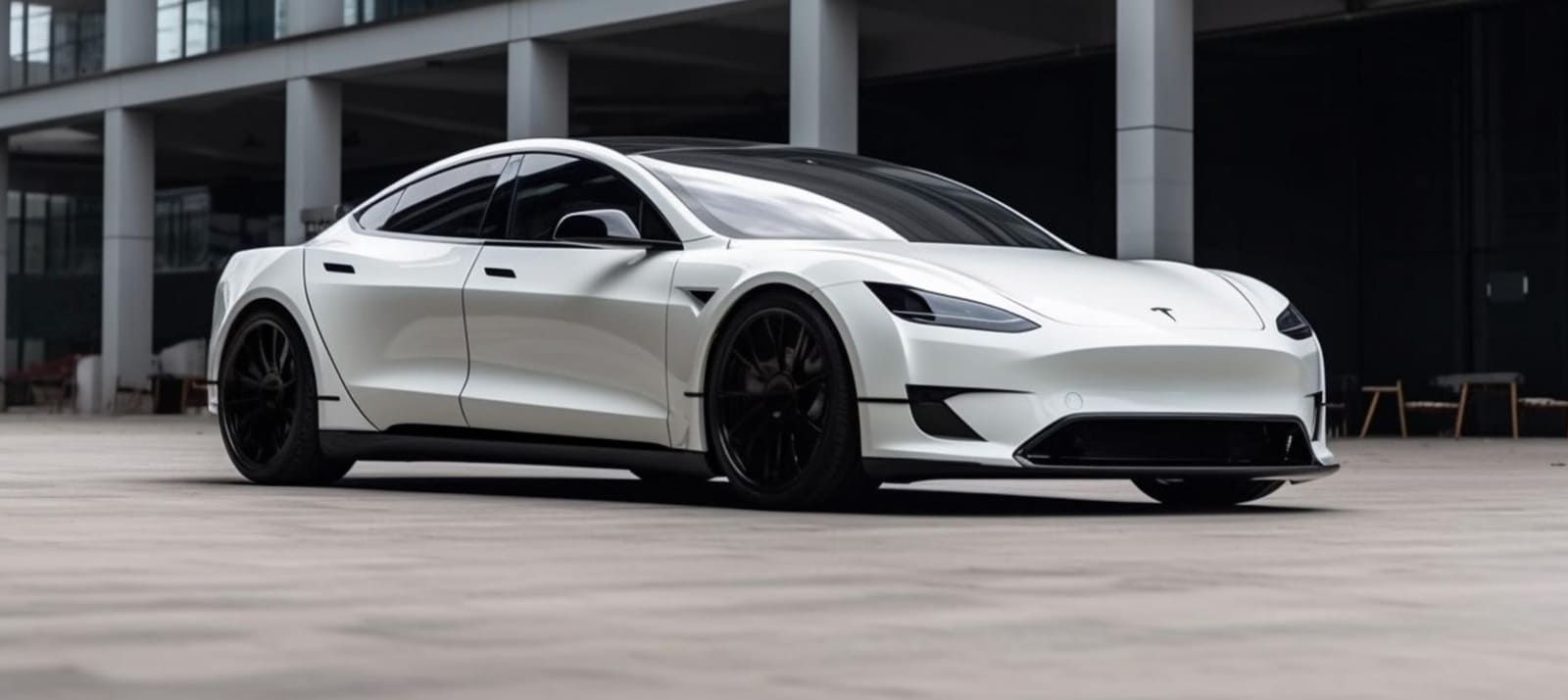PPF vs. Ceramic Coating: What’s Right for Your Car?
Choosing between PPF and Ceramic Coating can be a daunting task, especially when considering factors such as cost, durability, and maintenance. Each has its strengths and weaknesses, and your choice should reflect your specific needs and circumstances. Whether you're focused on protecting your vehicle from physical damage, environmental contaminants, or both, this guide will help you weigh your options and make the best decision for your car.
Paint Protection Film, often referred to as PPF, is a transparent, urethane film that is applied to the painted surfaces of your car. It's designed to protect the paint from chips, scratches, stains, and other types of physical damage. This film acts as an invisible shield, absorbing the impact from debris and other hazards that can mar your vehicle's appearance.
PPF is particularly popular among car owners who drive frequently on highways, where gravel and other road debris are common. The film's robust nature ensures that the underlying paint remains untouched, preserving the car's original factory finish. Additionally, PPF is customizable, allowing car owners to choose between covering the entire vehicle or targeting high-impact areas such as the hood, bumpers, and side mirrors.
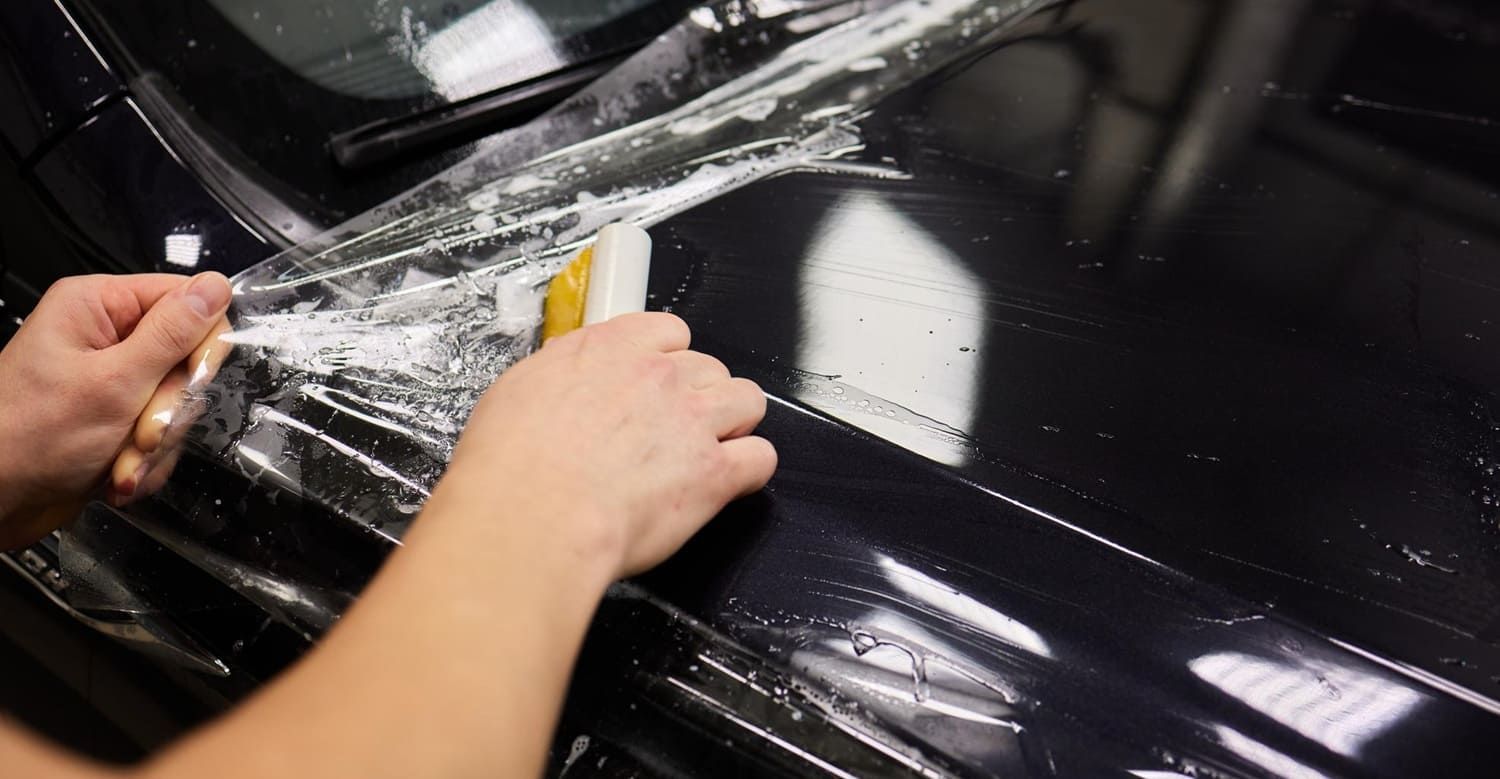
Benefits of PPF
- Scratch and Chip Resistance: PPF offers superior protection against physical damage like stone chips and minor scratches, making it ideal for those who frequently drive on highways or gravel roads. The film acts as a buffer, absorbing impacts that would otherwise damage the paint.
- Self-Healing Properties: One of the standout features of PPF is its self-healing capability. Minor scratches and swirl marks can disappear when heat is applied, either from the sun or a gentle heat gun. This means that everyday wear and tear doesn't accumulate, keeping your car looking fresh.
- UV Protection: It also provides a layer of protection against harmful UV rays, preventing paint from fading over time. This is particularly beneficial for cars that spend a lot of time outdoors, as UV exposure can significantly dull a vehicle's appearance.
- Durability: PPF is incredibly durable and can last up to 10 years, depending on the quality of the film and the conditions it's exposed to. This long-lasting protection ensures that your investment in PPF pays off over time, as it continues to protect your vehicle's paint from various threats.
Drawbacks of PPF
While PPF is highly beneficial, it's not without its downsides. The installation process can be costly, and if not done correctly, it can lead to bubbling or peeling. This makes it essential to have PPF applied by a professional to ensure the best results and longevity.
Also, over time, PPF can yellow, especially in areas with intense sunlight. This discoloration can detract from your vehicle's appearance, although newer films are designed to resist yellowing better than older versions. Regular maintenance and cleaning can help minimize this issue, ensuring that your PPF continues to enhance your car's look.
What is Ceramic Coating?
Ceramic coating is a liquid polymer applied to the exterior of a vehicle. It bonds with the factory paint, creating a hydrophobic layer that repels water, dirt, and grime. This molecular bond ensures that the coating becomes a permanent part of the paint, offering long-lasting protection.
Unlike traditional waxes or sealants, ceramic coatings offer superior longevity and resilience. They are an excellent choice for car owners who want to minimize maintenance and keep their vehicles looking glossy and new. The application of a ceramic coating requires precision and expertise, making professional installation a wise choice for achieving optimal results
Benefits of Ceramic Coating
- Hydrophobic Properties: Ceramic coatings are known for their water-repellent properties, which means water and other liquids bead up and roll off the surface, taking dirt and grime with them. This not only keeps your car cleaner but also reduces water spots and makes washing your car easier.
- Enhanced Shine: It provides a high-gloss finish that enhances the depth and clarity of your car's paint. The glossy effect enhances the color and detail of your vehicle, making it stand out and look more vibrant.
- Chemical Resistance: Ceramic coatings protect against chemical stains from acidic contaminants, making them a great option for urban environments. This resistance ensures that pollutants like bird droppings, tree sap, and road salts do not compromise your vehicle's finish.
- Ease of Cleaning: The slick surface makes it easier to wash your car, as dirt and debris have a harder time sticking to the paint. This reduces the frequency of washes and the effort required to maintain your car's appearance.
Drawbacks of Ceramic Coating
Ceramic coatings do not offer the same level of protection against physical damage as PPF. They won't prevent scratches or chips from rocks or debris. This makes them less suitable for car owners who frequently drive in areas with loose gravel or other potential hazards.
Additionally, while they last longer than traditional waxes, ceramic coatings do not last as long as PPF. Regular maintenance and reapplication are necessary to ensure the coating continues to perform effectively, although they still offer a considerable lifespan compared to other protective solutions.
PPF vs. Ceramic Coating: Key Differences
Protection Level
When comparing ceramic coating vs PPF in terms of protection, PPF is the clear winner for preventing physical damage like scratches and chips. Its robust nature makes it ideal for protecting against the rigors of daily driving. On the other hand, ceramic coatings excel in protecting against environmental contaminants and providing a glossy finish. They are perfect for enhancing your car's aesthetics while offering some level of protection against the elements.
Cost
PPF tends to be more expensive than ceramic coating due to its material cost and the complexity of installation. The high initial investment is offset by its durability and comprehensive protection. Ceramic coatings, while still an investment, generally cost less and can be applied more quickly. This makes ceramic coatings an attractive option for those looking to protect their car without breaking the bank.
Maintenance
While both require maintenance to ensure longevity, ceramic coatings make cleaning easier due to their hydrophobic nature. This means less time spent washing and drying your car. PPF requires careful cleaning to avoid damaging the film but does not need frequent reapplication. Both options offer a reduction in maintenance efforts compared to unprotected paint, allowing you to enjoy your vehicle with minimal hassle.
Which One Should You Choose?
Choosing between PPF and ceramic coating depends on your priorities and driving conditions. The right choice will align with your lifestyle, budget, and the specific threats your vehicle faces.
- Consider PPF If: You frequently drive in conditions that expose your vehicle to potential physical damage, such as highways or rural roads. It's also a good choice if you're looking for maximum protection and are willing to invest in a higher upfront cost. PPF is ideal for those who prioritize defense against chips and scratches over everything else.
- Consider Ceramic Coating If: Your main concern is maintaining a high-gloss finish and protecting against environmental factors rather than physical damage. It's ideal if you want to simplify the cleaning process and keep your car looking shiny with minimal effort. For city dwellers and those who value aesthetics, ceramic coating offers a perfect balance of protection and shine.
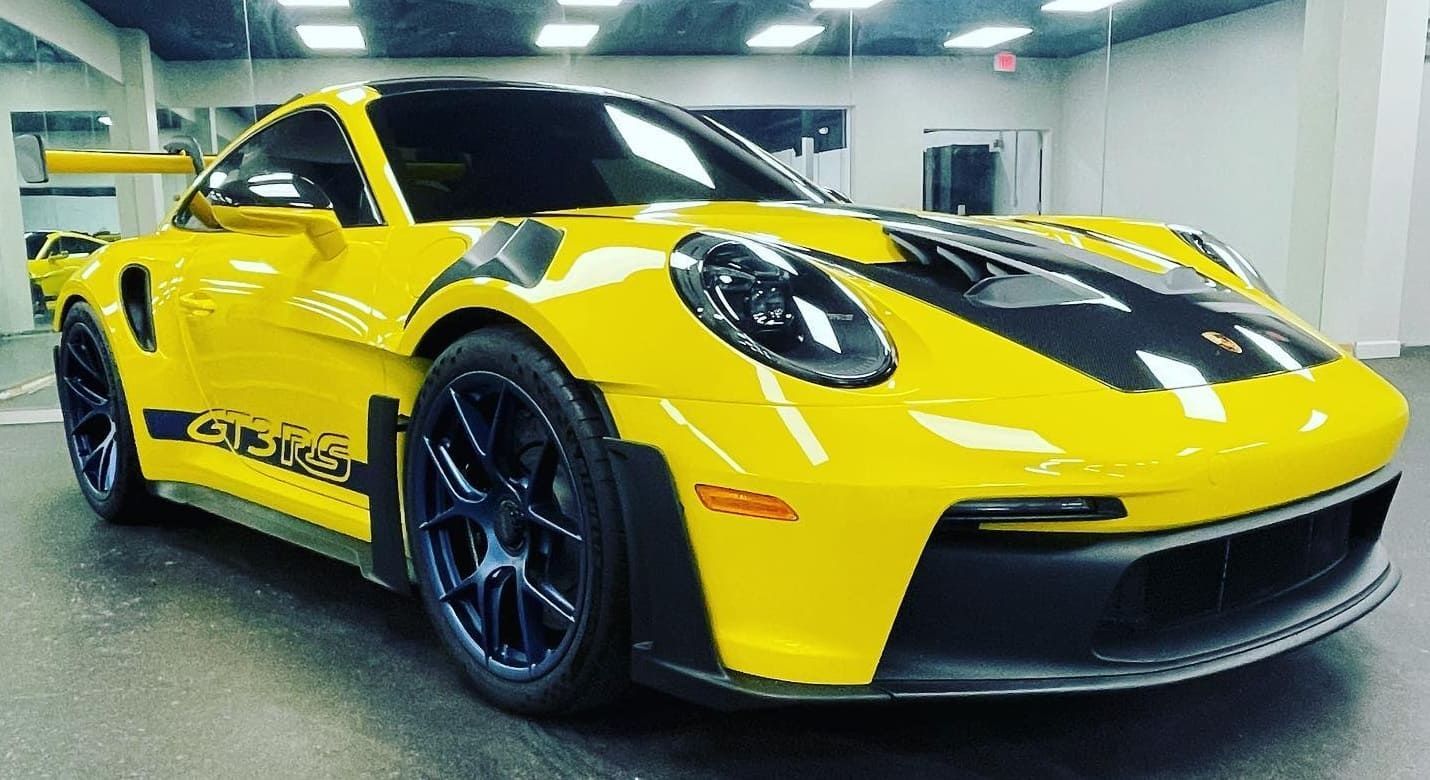
Can You Combine PPF and Ceramic Coating?
Interestingly, you don't have to choose one over the other. Many car enthusiasts opt to use both PPF and ceramic coating to maximize protection. By applying PPF to high-impact areas like the front bumper and hood, and ceramic coating to the rest of the vehicle, you can enjoy the best of both worlds. This hybrid approach ensures comprehensive protection while maintaining a stunning visual appeal.
Combining both solutions allows car owners to benefit from the strengths of each, ensuring that their vehicle remains in top condition regardless of the environment. This strategy is particularly beneficial for high-value vehicles, where preserving the original paint and finish is paramount to maintaining the car's value.
Conclusion
Both Paint Protection Film and Ceramic Coating have their unique advantages and limitations. With Music City Window Tinting in Brentwood, TN, the premier car PPF and ceramic coating installers near you using LLumar Paint Protection Film (PPF) and Gtechniq Premium Ceramic Coating, you can trust that your vehicle will receive the highest level of protection and care.
PPF offers robust defense against rock chips, scratches, and road debris, while ceramic coating provides a deep, glossy shine and easier maintenance. By assessing your specific needs and budget with the help of Music City Window Tinting’s experts, you can determine the ideal protection strategy for your vehicle.
The right protection not only enhances your car’s longevity but also helps maintain its resale value over time. Whether you choose LLumar PPF, Gtechniq ceramic coating, or a combination of both, investing in professional paint protection is a smart decision that delivers long-term results.
Ultimately, the choice between PPF and ceramic coating should reflect your personal preferences and how you use your vehicle. With Music City Window Tinting in Brentwood, TN, you can drive with confidence knowing your car is well-guarded against the elements and always looking its best.
Contact us today for your free estimate and experience the difference professional LLumar and Gtechniq installation can make.
FAQs About PPF vs Ceramic Coating
What’s the main difference between PPF and ceramic coating?
PPF protects against physical damage, while ceramic coating adds shine and chemical resistance.
Does PPF prevent scratches better than ceramic coating?
Yes. PPF is thicker and absorbs impact from debris and small scratches.
Does ceramic coating protect from rock chips?
No. It repels dirt and water but can’t stop impact damage.
Can I apply ceramic coating over PPF?
Yes. Many owners do this for added gloss and easier maintenance.
Which option lasts longer?
PPF typically lasts 7–10 years, while ceramic coatings last 2–5 years.
Is ceramic coating easier to maintain?
Yes. It makes washing quicker and helps keep paint cleaner longer.
Does PPF change the look of paint?
No. Quality films are clear and enhance gloss or preserve matte finishes.
Which is better overall for car protection?
PPF offers stronger defense, while ceramic coating improves appearance and ease of care.
